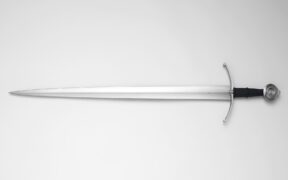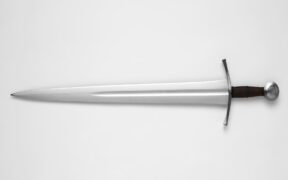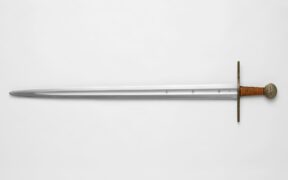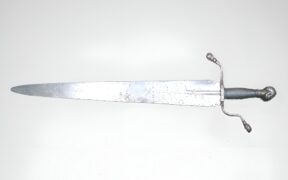Oakeshott Type XII: The Archetypal Sword of the European Knight
NO AI USED This Article has been written and edited by our team with no help of the AI
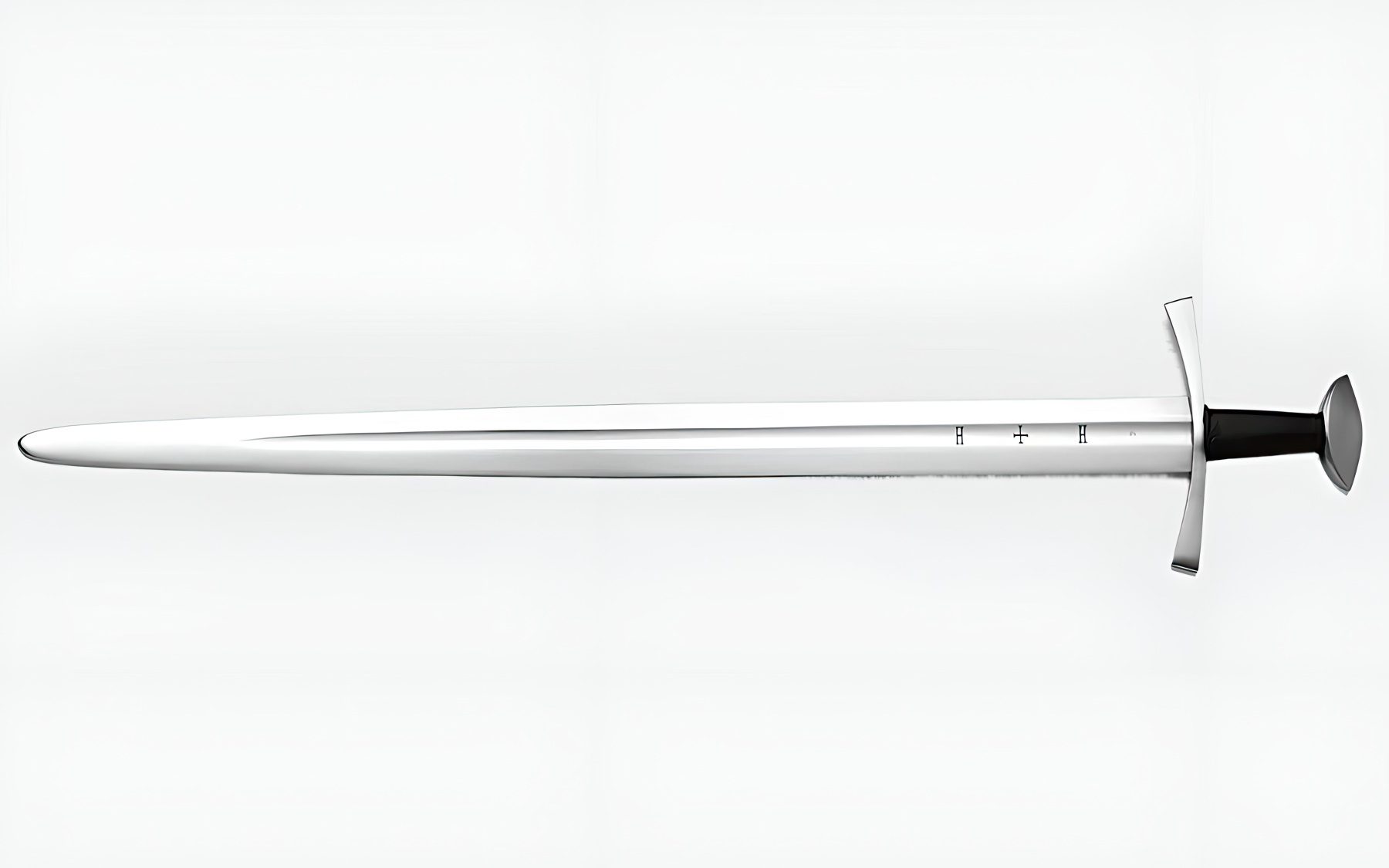
The Oakeshott type XII is the third European sword group in the medieval double-edged blade classification chart produced by Ewart Oakeshott. These swords share many elements featured in the previous Type X and XI blades and evolved to suit the needs of the European knight, who was at the prime of his greatness. The type XII, which became the archetypal sword of the medieval mounted knight, was often referred to as a knightly sword.
Ronald Ewart Oakeshott, a historian and illustrator with a passion for European swords and armor, developed his own double-edged sword system known as the Oakeshott Typology. He collected and did thorough and profound research on many blade pieces for roughly 60 years. He differentiates 13 types of European medieval swords from the late Viking Age to the Renaissance.
In this article, we will explore the Oakeshott type XII sword, its much longer and bigger sub-type XIIa, and the common characteristics of the swords. We will explain how the swords were best put to use by both cavalry and infantry and their impressive history.
Characteristics of Type XII Swords
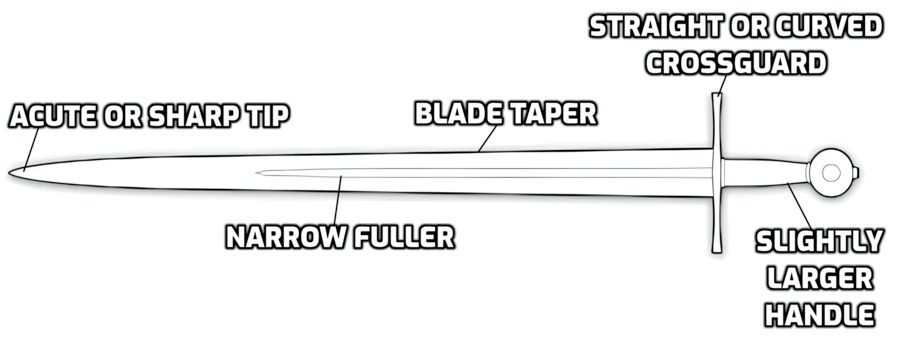
The characteristics of Oakeshott type XII swords are some of the most common in European double-edged bladed history. The elements of these swords blend the previous Viking or type X and XI swords while also pioneering many of the visual traits that later Oakeshott-type swords would have. Type XII characteristics are a signature design that resonates with the majority of the Middle Ages.
Blade

The blade of the type XII sword is straight and double-edged with parallel sides that have a stronger taper than all the previous Oakeshott type swords. Its blade is broader and has a flattened neck with a lenticular profile extending toward its tip. At its center is a fuller, narrower, and shorter than the previous type XI or type X swords.
The fuller design and tapering balances the cut and the thrust attack, shifting the weight toward its blade tip?an improvement from the previous cutting blades. The fuller is around 2/3 of the blade, and some examples of type XII can feature multiple fullers. Thanks to the taper and fuller design, the XII’s tip is acute, sometimes with a sharp end. The tang underneath the pommel is flat, with parallel sides toward the pommel.
Hilt (Guard and Pommel)
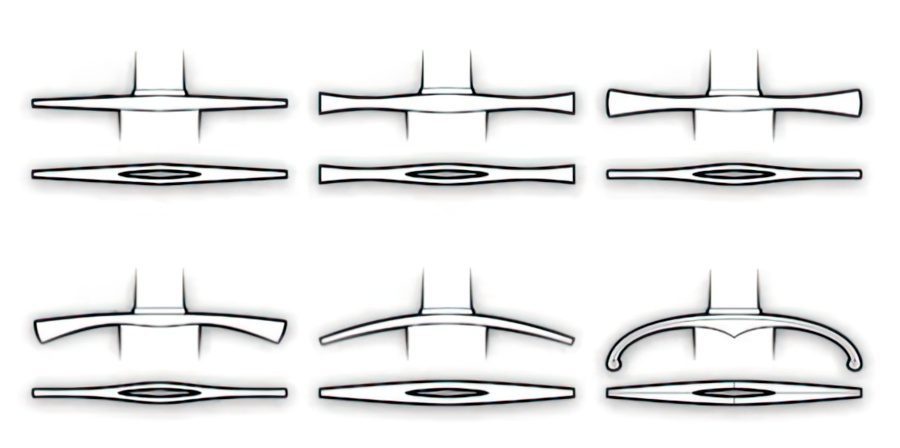
Type XII swords were used by several warrior classes ranging from infantrymen to cavalry knights. The weapon had various guards that were practical for offense and defense and could have been decorated with precious metals to notify others of the status of the wielder. While the guard for the Oakeshott type XII is not a defining feature of the weapon, there were various kinds, such as a curved and thin design. The most common were short, straight crossguards with round octagonal cross sections.
This Oakeshott type blade could feature almost any type of pommel used during the Middle Ages?in the form of a brazil nut, hexagonal, rounded, and some with a Viking style pommel. The most common pommel had a thick disc with strong beveled edges.
Size and Weight
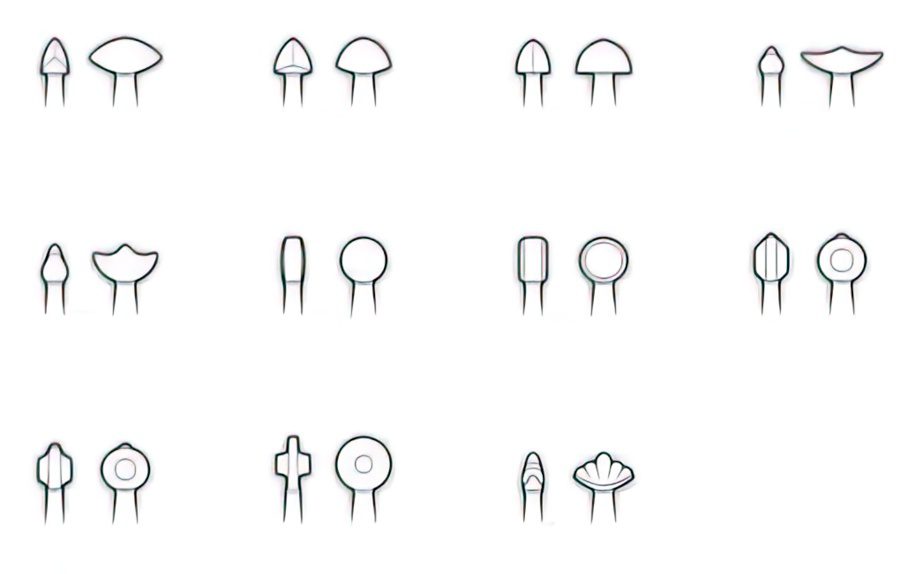
Type XII swords were balanced, versatile weapons that could meet the needs of almost any European warrior at the time. They were primarily one-handed weapons meant to be used in conjunction with a shield.
The blade length was around 33 inches (84 cm), with a handle length slightly longer than the previous types, ranging around 4.5 inches (11 cm), while its sub-type could be significantly longer. The overall length of the XII was 38 inches (97 cm) and weighed around 2.7 lbs (1.2 kg).
Sub-Type XIIa

Oakeshott discovered many later XIIIa swords with more pronounced fullers and a narrow taper similar to the XII blades. He then created a sub-type of the primary XII, similar in its crossguard, handle, and pommel. Blade aesthetics were comparable but larger in proportion.
The sub-type XIIa was sometimes referred to as “grete swerdes” in history, meaning great swords with larger designs than their contemporaries. These blades are also called early medieval arming war swords. Some examples feature blades as long as 40 inches (102 cm) with hand-and-a-half and two-handed handles that could be as long as 9 inches (23 cm).
Just as the primary XII type was a standard role model for many later European one-handed double-edged swords, the XIIa type inspired the later bastard swords and the exceptionally renowned European longswords.
Uses for the Type XII Swords
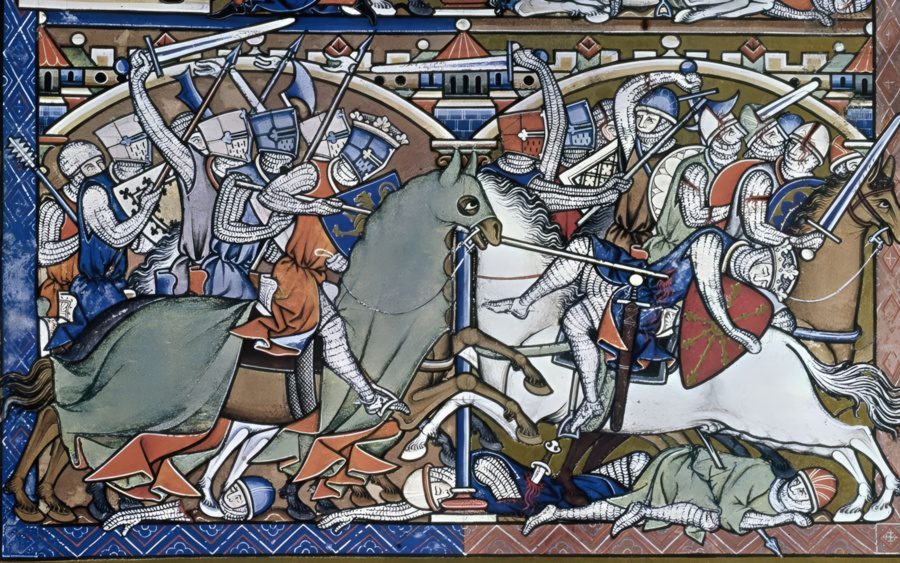
Before the Type XII swords, the cutting and slashing attribute for bladed-edged weaponry was standard. The Oakeshott type XII featured was designed for vicious chopping attacks, and its blade taper made it an early functional cut and thrust weapon. These blades were dedicated to the cut, but the shorter and narrower fullers shifted the weight balance toward the blade’s edge, giving the wielder more control in a thrust attack motion.
The Type XII swords used in battle shield infantry formations by knights throughout much of Europe. They were versatile, effective close-combat weapon tools that worked well against unarmored or lightly armored opponents. The blade’s tapering was likely a result of early plate armor being developed. These swords were the norm for many armed warriors, giving it the name, one-handed arming sword.
For a two-handed weapon, the much larger sub-type XIIa was commonly used. It is believed that these larger weapons developed due to the manufacturing of early plate armor, especially against the improving chainmail defenses during the 13th century.
History and Historical Examples of Type XII Swords
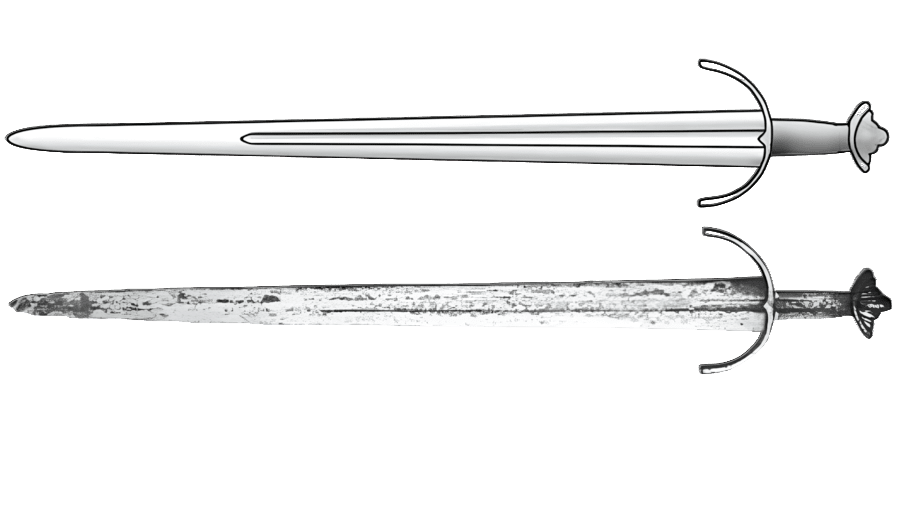
The Type XII swords were some of the most popular medieval European double-edged one-handed blades. They were used by many different cultures and warriors and could feature various designs of blade and hilt forms. Because of their popularity, the XII is an artifact that was more easily discovered than other battle weapons of the Middle Ages, which, as Oakeshott stated, raised the difficulty in accurately categorizing the sword.

The XII were very common blades of the High and Late Middle Ages, yet their exact starting date is difficult to determine because their popularity inspired many other sword designs. Yet some type XII blades may have featured early Viking style hilts, such as the sword in the Swiss National Museum in Zurich. The accepted time frame for Type XII swords is from the 12th to the 14th centuries, possibly earlier.

Type XII swords were transitional, functional, and versatile blades that set the primary cutting and slashing attack course of future blades. The blade tapering to a sharper tip would remain a classic European double-edged sword design for centuries. These blades would continue to be effective against lightly and heavily armored units, which raised their popularity. They would become a staple of contemporary medieval art. Sancho IV, king of Castille and Leon, is often depicted with a Type XII sword.

These swords marked superiority over the previous types in cutting and thrusting performance and handling. Many battles were fought with Type XII swords, an exceptional example being Richard the Lionheart, King of England, the leader of the Third Crusade, and a knight famed for his martial prowess. Its sub-type inspired a completely new type of sword that would overtake the battlefield in the upcoming centuries.
